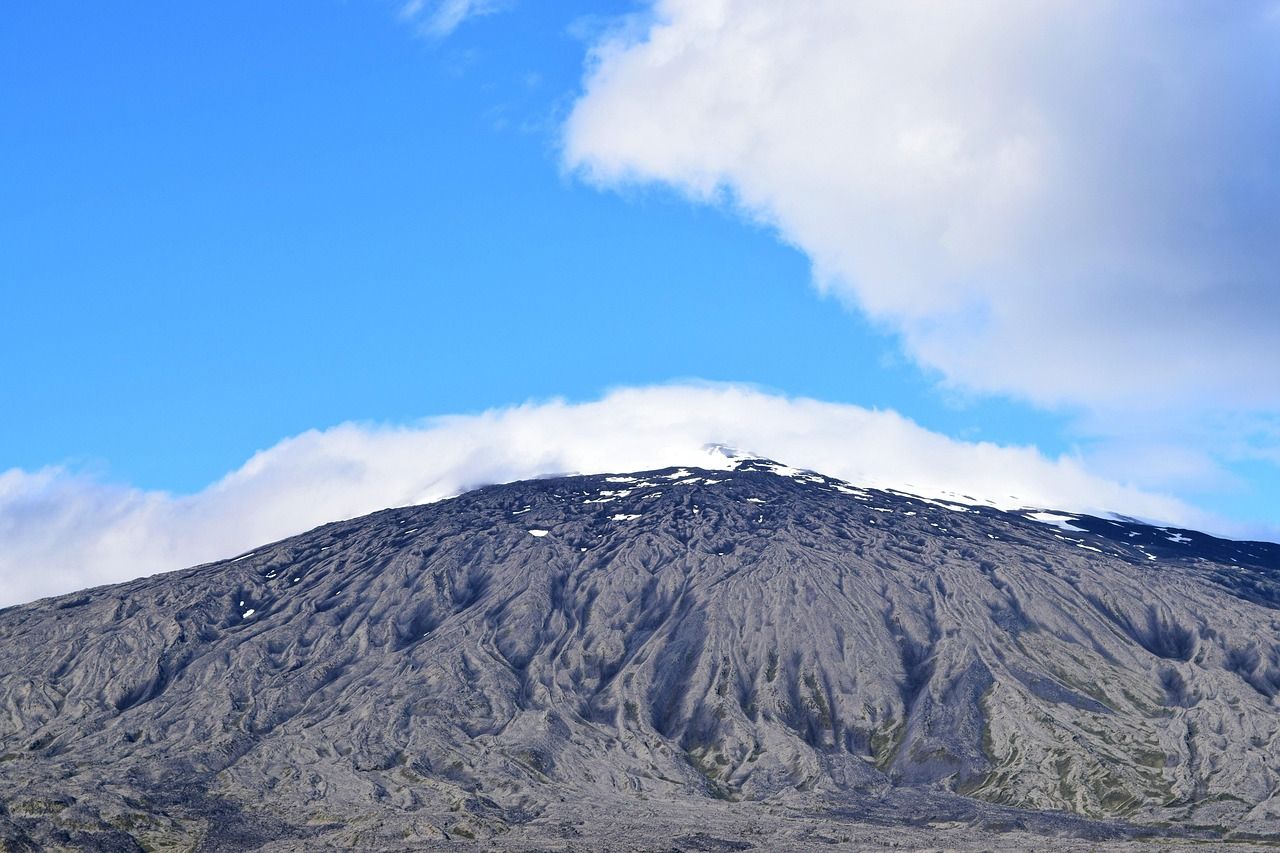
"Viaje al centro de la Tierra"(1864) es una obra que refleja la fascinación del siglo XIX por la geología y la paleontología. Verne se basó en teorías vigentes en su época, como la hipótesis de la Tierra hueca (defendida por científicos como Edmond Halley) y los fósiles como prueba de vida prehistórica. Aunque hoy sabemos que el núcleo terrestre es inaccesible y está compuesto de metales fundidos, Verne aprovechó el misterio científico para crear un mundo subterráneo: océanos internos, criaturas extintas y fenómenos geotérmicos. Su enfoque mezcla rigor con imaginación, típico de la "ciencia ficción verniana".
El libro es un paradigma de la **novela de aventuras**: desde el descenso por el volcán Snaefellsjökull hasta el encuentro con dinosaurios y el escape en un géiser, cada capítulo avanza mediante obstáculos físicos e intelectuales. El profesor Lidenbrock encarna la obsesión por el descubrimiento, Axel el temor racional, y Hans (el guía islandés) la serenidad práctica. A lo largo del libro Verne estructura el viaje como una odisea iniciática donde el conocimiento se obtiene mediante la acción, no solo la teoría. La tensión entre riesgo y curiosidad refleja el espíritu explorador de la era victoriana, obsesionada con conquistar lo desconocido.

Más allá de la trama, la historia puede leerse como una **alegoría del progreso humano**. El descenso al centro terrestre simboliza la exploración del inconsciente (Freud publicaría sus teorías décadas después) o la búsqueda de verdades ocultas. La luz eléctrica en las cavernas, por ejemplo, representa la razón iluminando lo primitivo. Incluso el regreso de los personajes, expulsados por un géiser, sugiere un renacimiento o "viaje del héroe". Verne, aunque racionalista, deja espacio para lo sublime: el mar subterráneo y los hongos gigantes evocan lo maravilloso dentro de un marco pseudocientífico.
La obra no escapa al **imaginario colonial** de su tiempo. La elección de Islandia como punto de partida (entorno "exótico" para el lector europeo) y la representación de Hans como un ayudante silencioso y eficaz reflejan estereotipos de la época. Verne, sin embargo, critica indirectamente el eurocentrismo: Lidenbrock comete errores por su arrogancia, mientras que Hans salva al grupo repetidamente. Además, el libro coincide con la fiebre por expediciones reales (como las de Livingstone en África), pero plantea una aventura donde la ciencia, no la conquista, es el objetivo último.
*Viaje al centro de la Tierra* sentó las bases de la **ciencia ficción moderna** y el "mundos perdidos". Su influencia se ve en *El mundo perdido* de Conan Doyle, las películas de Hollywood (como la versión de 1959 con James Mason) e incluso videojuegos (*Terraria*). Verne anticipó temas clave del género: tecnología como extensión humana (brújulas, lámparas), límites éticos de la ciencia y la coexistencia de lo antiguo y lo moderno. Hoy, pese a sus inexactitudes científicas, perdura en los años como un clásico porque fusiona educación y entretenimiento: el sello del autor.

Estas perspectivas muestran la riqueza de una obra que trasciende su época. Verne no solo escribió una historia emocionante, sino que integró ciencia, filosofía y crítica social, invitando a reflexionar sobre los límites —reales e imaginarios— de la exploración humana y su repercusión en la sociedad.
Gracias por leer mi post//Thanks for reading my post

Fotos tomadas de Pixabay//Pictures taken from Pixabay
https://pixabay.com/photos/jules-verne-sunrise-sunset-7499525/
https://pixabay.com/photos/old-books-library-education-old-5419392/
https://pixabay.com/photos/glacier-snaefellsnes-iceland-2615679/
La portada fue editada en InShot//Cover edited in InShot
Translated by DeepL.com(free version)
English Version
*"Journey to the Center of the Earth"* (1864) is a work that reflects the 19th century fascination with geology and paleontology. Verne relied on theories current at the time, such as the hollow Earth hypothesis (advocated by scientists like Edmond Halley) and fossils as evidence of prehistoric life. Although today we know that the Earth's core is inaccessible and composed of molten metals, Verne took advantage of the scientific mystery to create a subterranean world: internal oceans, extinct creatures and geothermal phenomena. His approach blends rigor with imagination, typical of “Vernean science fiction.”
The book is a paradigm of the **adventure novel**: from the descent down the Snaefellsjökull volcano to the encounter with dinosaurs and the escape in a geyser, each chapter progresses through physical and intellectual obstacles. Professor Lidenbrock embodies obsession with discovery, Axel rational fear, and Hans (the Icelandic guide) practical serenity. Throughout the book Verne structures the journey as an initiatory odyssey where knowledge is gained through action, not just theory. The tension between risk and curiosity reflects the explorer spirit of the Victorian era, obsessed with conquering the unknown.

Beyond the plot, the story can be read as an **allegory of human progress**. The descent into the earth's center symbolizes the exploration of the unconscious (Freud would publish his theories decades later) or the search for hidden truths. The electric light in the caves, for example, represents reason illuminating the primitive. Even the return of the characters, expelled by a geyser, suggests a rebirth or “hero's journey.” Verne, although rationalist, leaves room for the sublime: the subterranean sea and the giant mushrooms evoke the marvelous within a pseudo-scientific framework.
The work does not escape the **colonial imaginary** of its time. The choice of Iceland as a starting point (an “exotic” setting for the European reader) and the portrayal of Hans as a silent and efficient helper reflect stereotypes of the time. Verne, however, indirectly criticizes Eurocentrism: Lidenbrock makes mistakes because of his arrogance, while Hans saves the group repeatedly. Moreover, the book coincides with the fever for real expeditions (such as Livingstone's in Africa), but sets out an adventure where science, not conquest, is the ultimate goal.
*Journey to the Center of the Earth* laid the groundwork for **modern science fiction** and “lost worlds”. Its influence is seen in Conan Doyle's *The Lost World*, Hollywood movies (such as the 1959 version with James Mason) and even video games (*Terraria*). Verne anticipated key themes of the genre technology as a human extension (compasses, lamps), ethical limits of science and the coexistence of the ancient and the modern. Today, despite its scientific inaccuracies, it endures over the years as a classic because it fuses education and entertainment: the author's hallmark.

These perspectives show the richness of a work that transcends its era. Verne not only wrote an exciting story, but also integrated science, philosophy and social criticism, inviting us to reflect on the limits -real and imaginary- of human exploration and its impact on society.
Gracias por leer mi post//Thanks for reading my post

Fotos tomadas de Pixabay//Pictures taken from Pixabay
https://pixabay.com/photos/jules-verne-sunrise-sunset-7499525/
https://pixabay.com/photos/old-books-library-education-old-5419392/
https://pixabay.com/photos/glacier-snaefellsnes-iceland-2615679/
La portada fue editada en InShot//Cover edited in InShot
Translated by DeepL.com(free version)